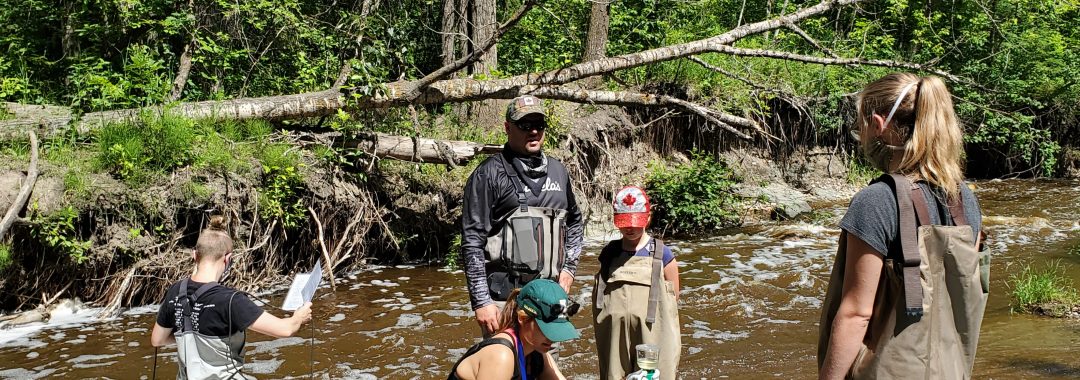Abstract:
Structural habitat enhancement has been long established as a popular tool to counter habitat loss due from land-use and development. One enhancement approach is the introduction of Coarse Woody Habitat (CWH) to improve the establishment of macrophyte, macroinvertebrate, and fish communities. Here we assess the benefit of CWH in Northern boreal lakes in the context of mitigation projects. We constructed Coarse Woody Habitat structures in a structure-less littoral zone of Lake Steepbank within the Oil Sands Region of Alberta, Canada. Enhancement structures featured increased macrophyte and invertebrate richness and biomass compared to reference sites and pre-treatment assessments over the course of three years. Enhanced sites also retained improved richness (macrophytes), diversity (macroinvertebrates) and biomass (both), despite STIN loss and degradation of enhancement structures over time. Using beta diversity components, constituting richness agreement, community differentiation and site relationships, and testing their relative importance revealed that replacement was more dominant for invertebrates and increasing similarity more important for macrophyte communities post-enhancement. Our study shows the value of CWH addition for macroinvertebrate and macrophyte communities in what is otherwise a structure-less environment. Community changes over time showcase how beta diversity should be more strongly incorporated in restoration and enhancement studies to quantify community shifts that otherwise would not be captured in alternative diversity measures.
Citation: Theis, S., Ruppert, J., Shirton, J. and M.S. Poesch (2022) Measuring beta diversity components and beneficial effects of coarse woody habitat introduction on invertebrate and macrophyte communities in a shallow northern boreal lake: implications for offsetting. Aquatic Ecology 56: 793-814.
Also Read:
*Lab members: Sebastian Theis, Jonathan Ruppert, Jesse Shirton and Mark Poesch. Check out opportunities in the lab!

